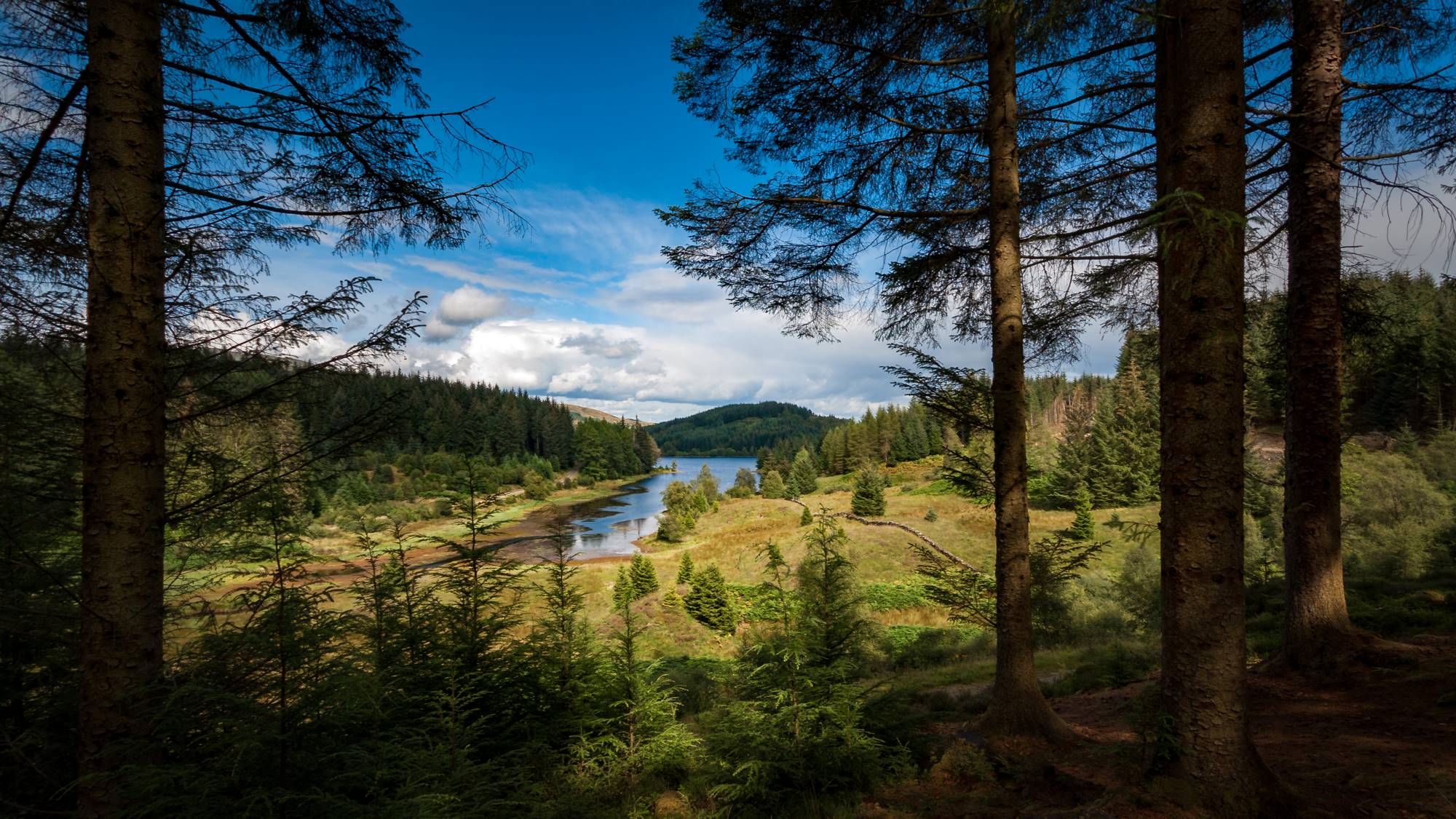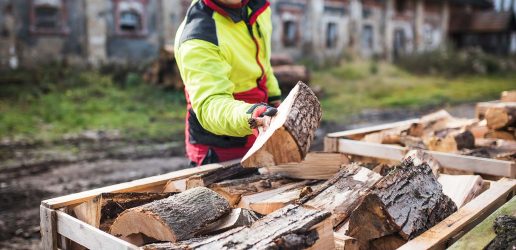Forest Research has published an updated version of the ‘Managing forest operations to protect the water environment’ UK Forestry Standard (UKFS) Practice Guide.

This represents a limited revision to reflect changes made in the fifth edition of the UKFS specifically the exclusion of several forestry operations within riparian buffer areas. Exclusions include:
- Hand applications of inorganic fertiliser
- Dry planting of pretreated trees
- Use of urea and PG suspension stump treatments.
Table 1 of the Practice Guide has been amended accordingly, which limits forestry operations within buffer areas to hinge or inverted mounding and the direct planting of native trees and shrubs and other ecologically appropriate broadleaved trees to create riparian woodland. However, mounding should stop within 2 m of watercourses and within 5 m of abstraction points for water supply (this is a legal requirement in Scotland).
Clarification is also provided on the scope to leave narrower buffer areas along minor watercourses <1 m wide. This possibility does not apply to pesticide use, the storage and handling of oils and lubricants, or the refuelling, washing and repairing of machinery.
A number of the Cab Cards (which illustrate key points of good practice) have been amended to reflect these changes.
Tom Nisbet, Head of Physical Environment Sciences at Forest Research said, “Society increasingly recognises and values the water benefits provided by woodlands and trees, including alleviating flooding, preserving the quality of drinking water, protecting aquatic habitats and species, and guarding against erosion, landslides and the loss of soil.”
He continues, “However, poor forest management can diminish or reverse these benefits as a result of soil and vegetation disturbance or through the alteration of the pathways of water movement. It is essential that the guidance on good forestry practice is kept up-to-date to ensure that forestry has no detrimental effects on water, both within the forest and downstream.”
The UK governments’ requirements and guidelines for sustainable forest management are set out in the UK Forestry Standard (UKFS). This second edition of the Practice Guide provides advice to forest managers, practitioners, planners and supervisors on how to comply with the UKFS Guidelines on Forests and Water so that forestry operations protect the water environment.
Recent News
View All news
Seventeen coniferous tree species show early promise for future commercial timber production in the UK
Researchers have set up a network of nine large scale experiments across the UK to test the suitability of 17 tree species as potential alternatives for future commercial timber production.
Forest Research are looking for people involved in the harvesting, processing, transport, import, or trade of firewood in Scotland to complete an important survey.

New guide to help local authorities conduct a people survey on the social value of their treescapes
A new step-by-step guide to help local authorities, charities and civic societies carry out a people survey to understand social and cultural values related to trees in their area, is now available.

Seventeen coniferous tree species show early promise for future commercial timber production in the UK
Researchers have set up a network of nine large scale experiments across the UK to test the suitability of 17 tree species as potential alternatives for future commercial timber production.
Forest Research are looking for people involved in the harvesting, processing, transport, import, or trade of firewood in Scotland to complete an important survey.

New guide to help local authorities conduct a people survey on the social value of their treescapes
A new step-by-step guide to help local authorities, charities and civic societies carry out a people survey to understand social and cultural values related to trees in their area, is now available.

